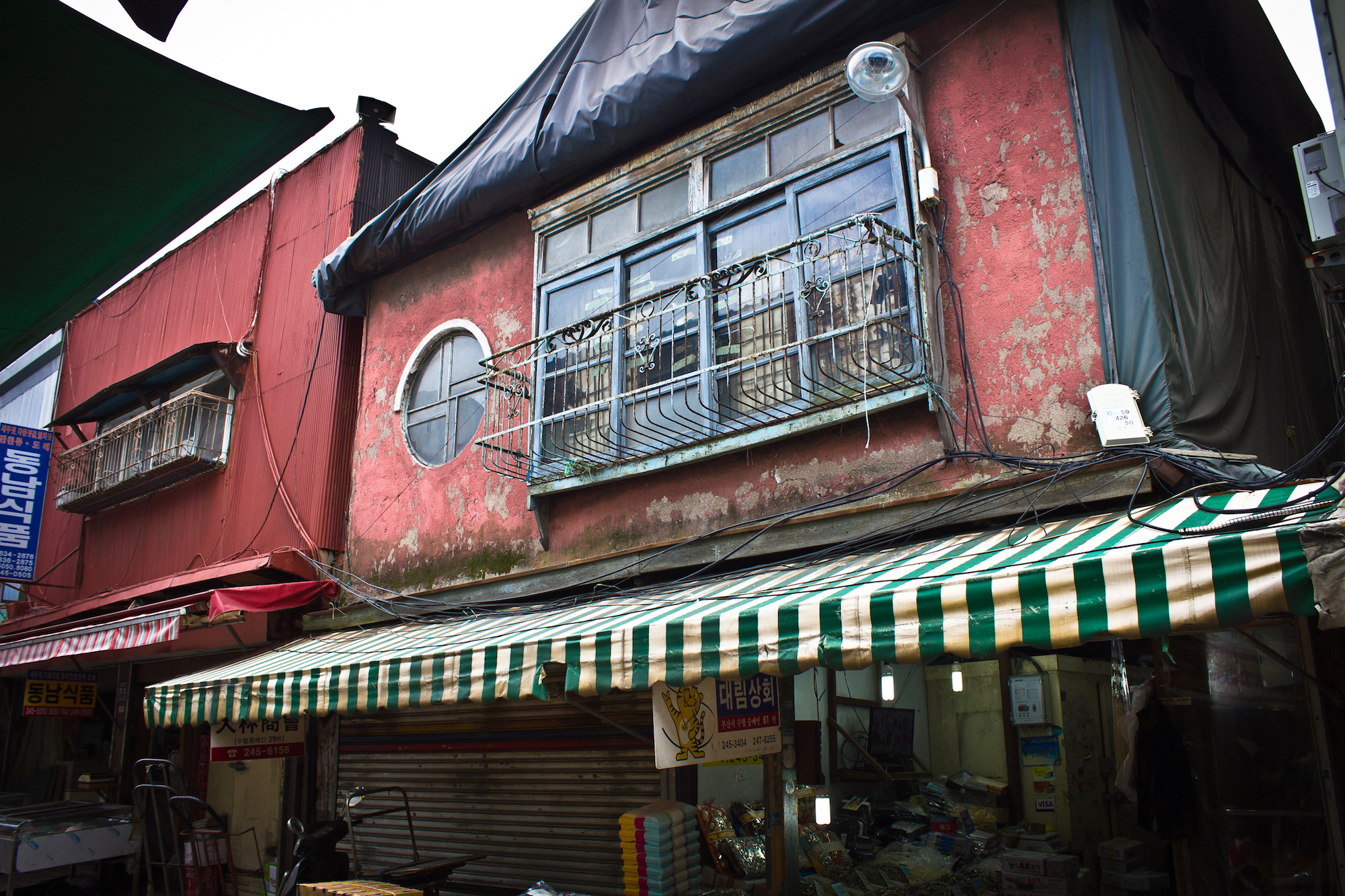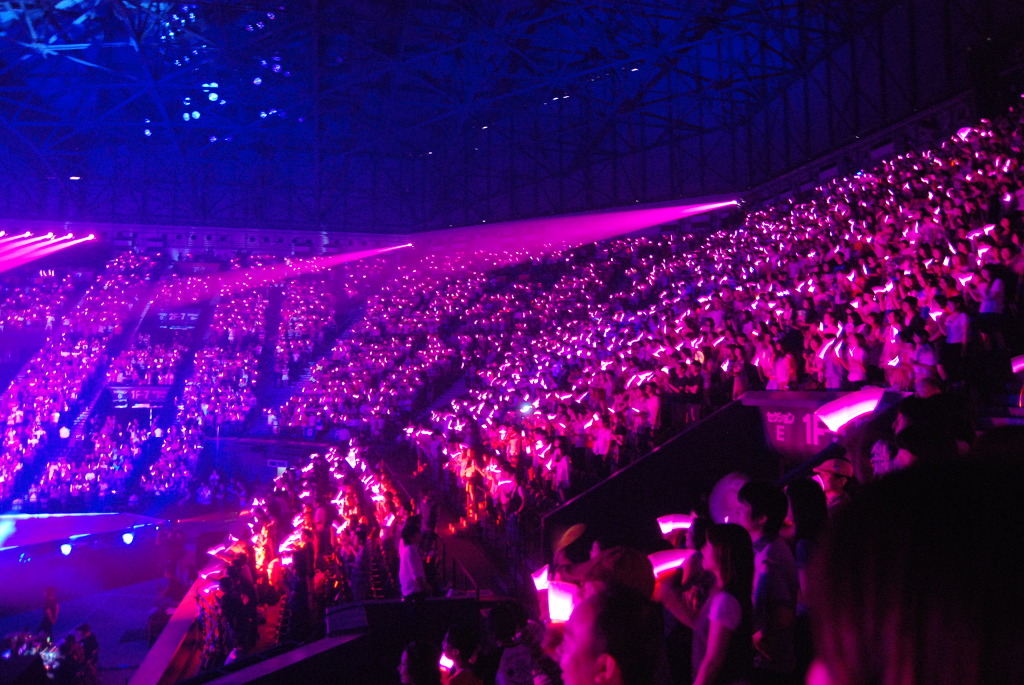
Finding Remnants of Colonial Architecture
After Korea’s liberation from colonial rule in 1945, feelings were running high. Many Koreans called for the destruction of prominent colonial-era structures, not least the Shinto shrine on Namsan and the Government-General building in Gwanghwamun.
Perhaps fortunately, critics noted that such plans were impractical as any demolition policy might also necessitate the official destruction of all colonial structures by the Korean government. Even some of the press thought the idea too expensive and unattainable at the time. It made more sense to reuse colonial buildings rather than waste money and resources after liberation.
Though both Namsan Shrine and the Government-General building are now gone, such practicality can still be seen today, only if you know where to look.
Old banks and former government offices have become museums or exhibition spaces. In Seoul, these buildings are easily recognized and fairly well-known.
However, there are lesser known structures outside of the capital city. For example, the former Tongyeong County Office, the former Japanese Consulate in Mokpo, and the former Daegu Branch of the Oriental Development Company have all become museums. The Daecheong Branch observatory of the Busan Meteorological Administration has been used for art exhibits.
These protected and restored buildings are significant and more than worthy of tourist visitation, but South Korea has more to offer. There are hundreds of lesser early modern buildings scattered throughout the peninsula, hiding in alleyways and in the countryside, just waiting for visitors to stumble across them.
Some of my favorite old buildings are minor, unprotected structures. They personally appeal to me as they have an air of authenticity that some restored buildings do not. These are lived-in spaces whose authenticity can still be felt precisely because they haven’t been restored.
[ngg_images gallery_ids=”8″ display_type=”ds-nextgen_royalslider”]
One such is a pinkish-red colonial Japanese-style building that sits in the dried fish market of Nampo-dong, Busan. Though almost all of this area has been completely redeveloped, there is a small block containing buildings from its time as Busan’s Japanese concession.
There is also a two-story colonial building in Sujeong-dong, Busan, that may have belonged to a Japanese company. It is an unprotected structure that looks quite out of place compared to its post-industrialization neighbors, yet would have been relatively common during the colonial period. Old photos of Seoul reveal many similar pieces of architecture.
In Daegu, the old street of Bukseong-ro contains a number of early and mid-century modern buildings. Walking this road, which was the site of the northern wall of Daegu Fortress prior to colonization, its history can be felt in a pure, non-institutionalized way. Save for the tool museum, the area is not promoted to tourists, yet it offers so much to citizens and visitors alike.
Jinhae, a city designed from the ground up by the Japanese, still retains a number of early modern buildings. This includes its iconic Russian-styled post office, a few Neo-Renaissance-style military structures built for the Japanese Navy, a three-story pagoda structure dating to 1938, a former brothel, and small blocks of lesser-known Japanese-influenced houses.
South Korea also offers early modern Christian missionary architecture, much of which has stood the test of time because of each church’s interest in keeping its sanctuaries. Most notable are the cathedrals that can be found scattered across the peninsula, many of which stand as beautiful examples of architectural craftsmanship. One of my favorites is in Eonyang-eup near Ulsan. Though less common are the clerics’ homes, some of these still remain as well.
There are also hidden gems in the countryside. Gadeokdo, for example, is a small island between Busan and Geojedo. In the early 1900s, it was occupied by the Japanese Army and used as a military outpost around the time of the Russo-Japanese War. A tiny community known as Yangpo contains a number of colonial Japanese structures, including a camouflaged concrete anti-aircraft bunker built around the time of the Pacific War. In Samnangjin, a country town just south of Miryang, an entire block of wooden railway employee houses can still be seen. Near Cheongdo, the village of Naeho-ri boasts a colonial rice mill that has been in continual operation since the Japanese occupation. Though Yangpo sits in a Green Zone controlled by the South Korean military (meaning changes to the local buildings must be pre-approved), none of these structures have any kind of cultural heritage assignments.
It may seem difficult for the average person to have any say in the protection and promotion of early modern architectural sites. Indeed, the appeal of economic boost created by major corporations as they level entire neighborhoods to build expensive apartment complexes is impossible for any one person to combat.
But while the future of Korea’s early modern architecture may appear dim on the surface, there is hope. Local governments in particular often look for ways to promote tourism and has, in many cases, promoted sites after they became “unofficial” tourism locations. Such situations then show that the average person does have a modicum of influence, and that governments and preservation groups might take notice and respond positively to the trend if enough people frequent early modern architectural sites. It’s all the more reason to go pay a visit.
%CODE1%
Addresses
Former Tongyeong County Office: 경남 통영시 중앙로 61
Former Japanese Consulate in Mokpo: 전남 목포시 영산로29번길 6
Former Daegu Branch of the Oriental Development Company: 대구 중구 경상감영길 67
Daecheong Branch of Busan Meteorological Administration: GPS 35.104786, 129.032233
Minor pink Japanese house in Nampo-dong, Busan: 부산광역시 중구 용미길10번길 9
Former colonial business in Sujeong-dong, Busan: 부산 동구 고관로 92-1
Bukseong-ro, Daegu: 대구 중구 북성로
Jinhae Post Office: 경남 창원시 진해구 백구로 40
Former Jinhae Naval Port Command Headquarters: 경남 창원시 진해구 현동 23-1번지
Sooyang Pagoda Restaurant, Jinhae: 경남 창원시 진해구 벚꽃로 17
Former brothel, Jinhae: 경남 창원시 진해구 중원동로10번길 40-1
Eonyang Cathedral, Eonyang-eup: 울산 울주군 언양읍 구교동1길 11
Japanese Bunker Complex, Yangpo, Gadeok-do: GPS 35.005670, 128.825933
Former Railway Employee Buildings, Samnangjin: 경상남도 밀양시 삼랑진읍 송지2길 13
Yeongsin Rice Mill: 경북 청도군 청도읍 유천길 43

